
IUCN STATUS
Vulnerable
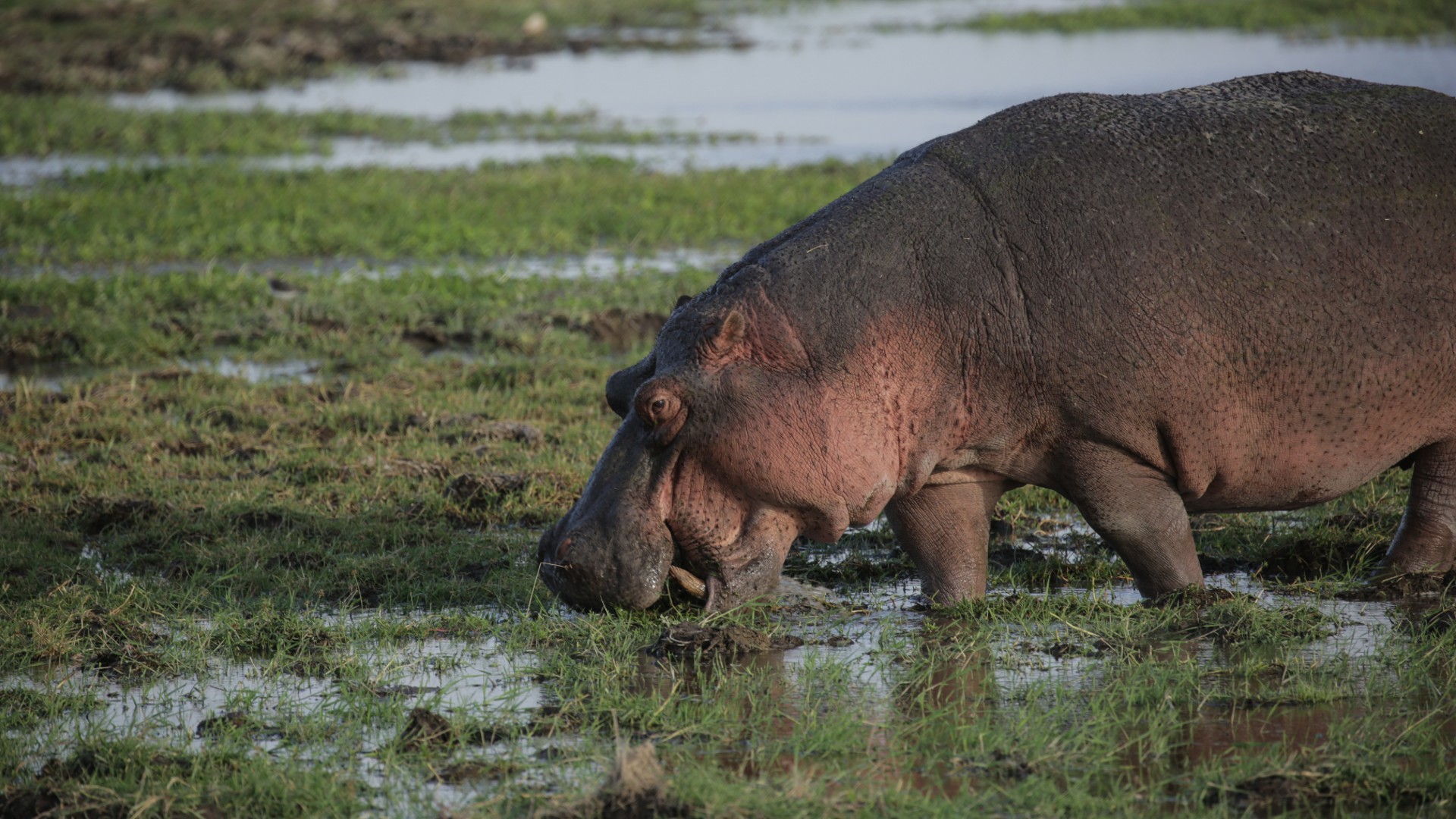
Hippopotamus amphibius
Their dung spreading behaviour, both in and out of the water, cycles nutrients in the ecosystem and can boost fish populations, which helps support people who are dependent on fish for protein. By grazing on land, hippos also create ‘grazing lawns’, which provides habitat and attracts other herbivores.

Vulnerable

~115,000-130,000*, Stable. Last assessed in 2016
* According to the International Union for the Conservation of Nature (IUCN)

Herbivorous

Wetland habitats including rivers, lakes and mangrove swamps

Throughout sub-Saharan Africa

Weight: 1,300-1,800 kg, length: 3-4 metres

Poaching, habitat loss and degradation, human-wildlife conflict

Hippos can hold their breath for five minutes underwater and when they are completely submerged, their ears and nostrils fold shut to keep water out.
Hippos are one of the largest living land mammals on the planet! There are two species of hippo: the common hippo, found across eastern, southern and western Africa, and the pygmy hippo, found in restricted areas across West Africa.
Both species have a large barrel shaped body, short legs, a paddle like tail and a large head. Their skin is a grey-brown colour except for the underside, which is pale pink.
Whilst hippos are semi-aquatic mammals, they can’t breathe underwater, swim or float. However, they have adaptations to their semi-aquatic environment: they have webbed toes and their powerful legs help propel them as they run underwater.
A hippo’s skin must remain moist, as it will crack if exposed to the air and sun for long periods. They secrete an oily red liquid from subdermal glands which is thought to function as a sunscreen, antibiotic and insect repellent.
Although hippos are large, they only eat around 1-1.5% of their body weight every day, and they have four chambers in their stomach to help breakdown the grass, shoots and flowers that they eat. They have incredibly powerful jaws that are capable of opening up to 150 degrees wide.
Hippos are amphibious, spending their days in water – rivers, lakes, wetlands and muddy wallows– and emerging at sunset to feed and sleep. They can be found in eastern, southern and western Africa.
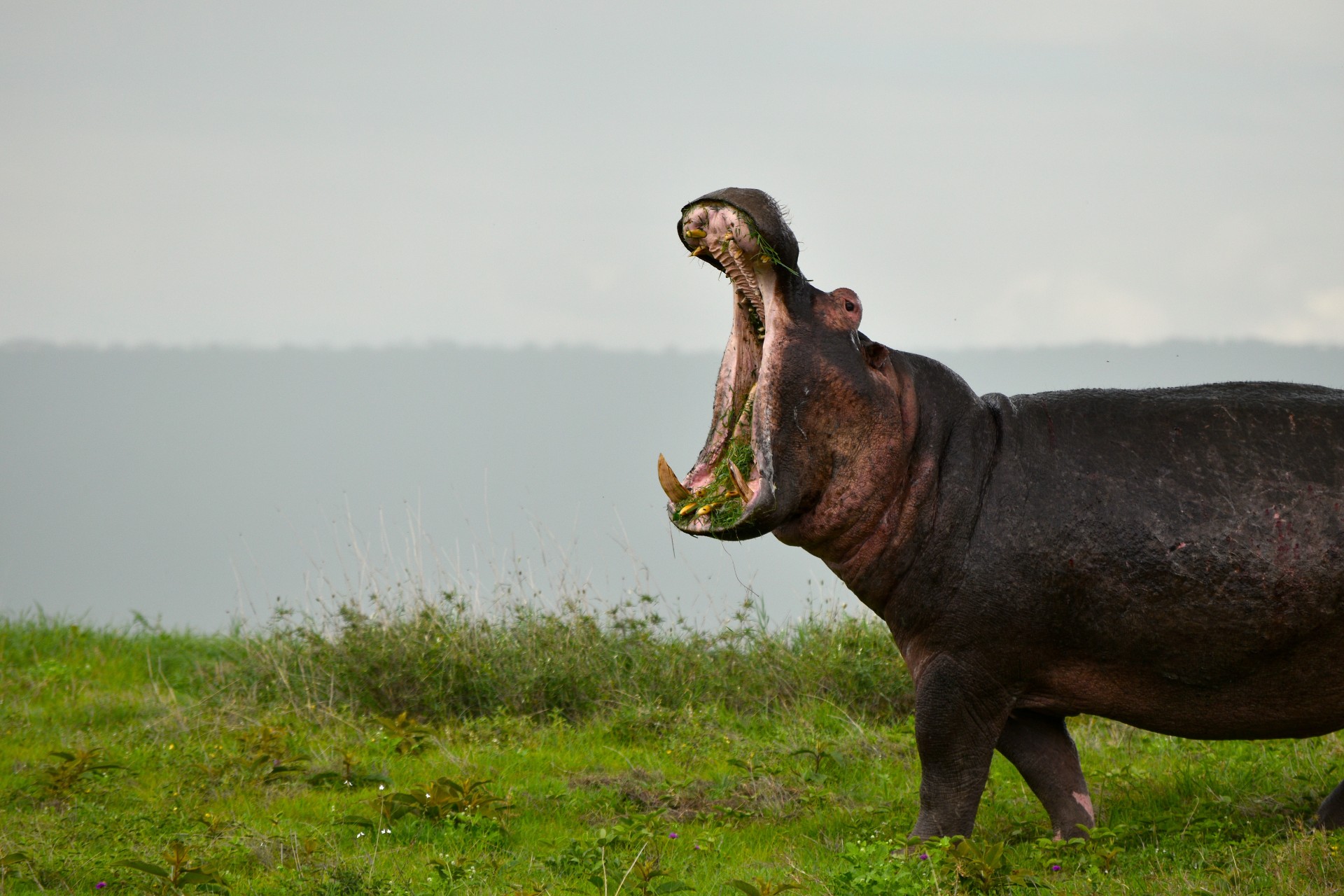
A wild hippo © Lady Bugz, Unsplash
Common hippos are sociable and live in herds of around 10-15 individuals – but herds can be as big as 100-150! There are several names for a group of hippos, including a herd, a pod or a bloat. Pygmy hippos, on the other hand, are solitary and are not territorial.
Females usually give birth to a single baby every other year and lactation can extend for 18 months or longer. The bond between hippos and their calves is very close and the mother can be become very aggressive if they feel that their calf is in danger.
They can communicate through grunts, growls and moans, and they also make a loud roaring sound. Most vocalisations are made underwater and they are relatively quiet on land.
Hippos mark their territory with their dung. They ‘wag’ their tails quickly back and forth when defecating to spread their dung in the territory they are claiming. Fights for possession of a territory in the water can be fierce and hippos may inflict considerable injuries with their huge canines, though minor conflicts are often settled by threat displays such as the yawn.
Hippos can be aggressive, especially when threatened, and are widely considered to be one of the deadliest large land mammals on the planet. It is estimated that 500 people are killed a year in Africa due to hippo attacks.
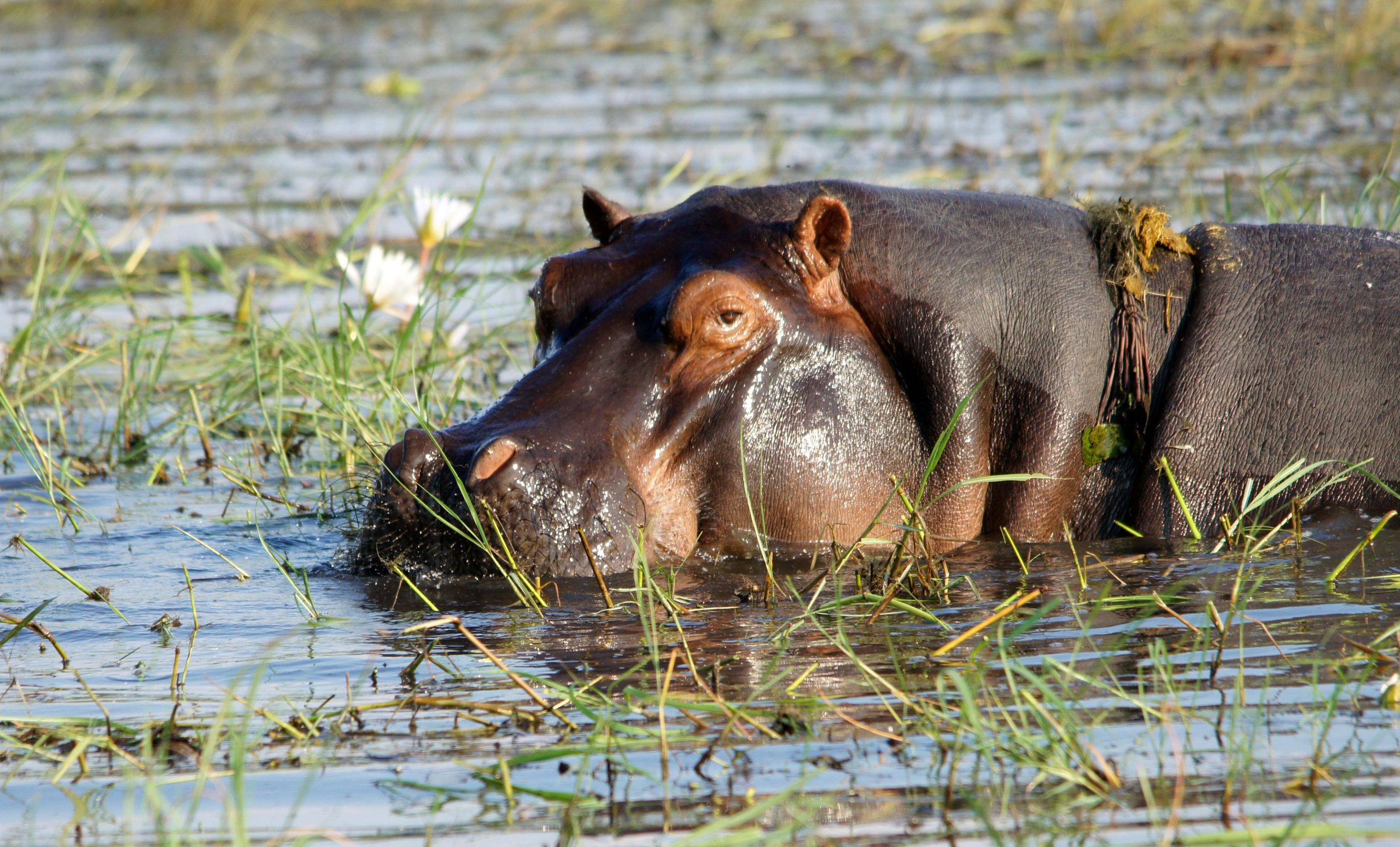
A hippo in water © Ansie Potgieter, Unsplash
Hippo habitat loss, primarily due to agricultural expansion, is degrading and destroying hippo habitats. Hippos are reliant on freshwater habitats to survive. However, water is in high demand across much of Africa and water diversion to supply farms as well as larger scale development, such as dams, is putting freshwater habitats at severe risk.
In agricultural areas, hippos can become embroiled in conflict with people when they trample or eat crops. Human-hippo conflict is exacerbated in drought conditions, where freshwater and food resources are restricted.
Illegal hunting of hippos is a threat to their populations across their range. Hippos are poached for their meat or their ivory (their canine teeth). In places where there is civil unrest, hippo hunting is particularly acute and has resulted in the decline of local populations.
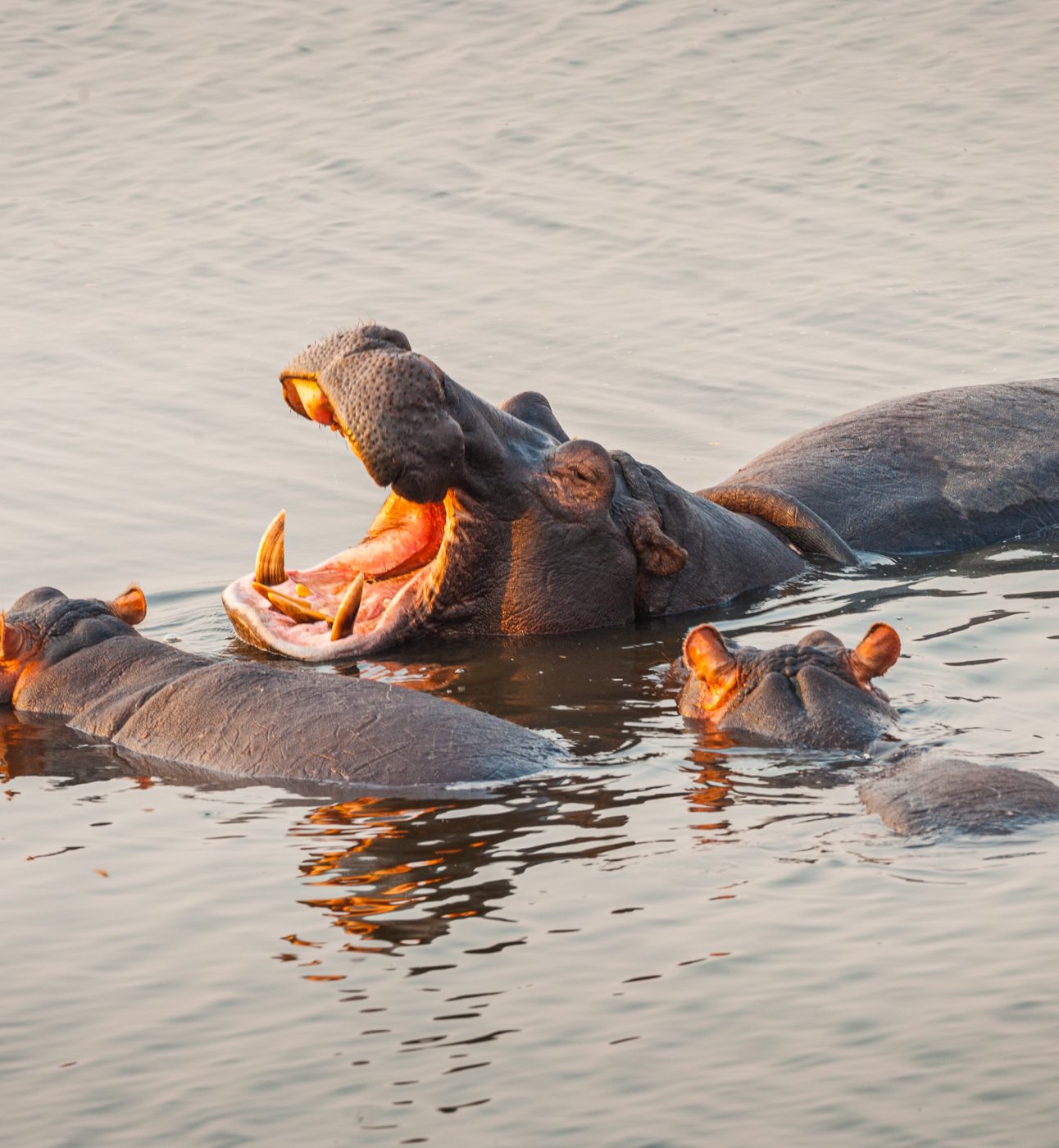
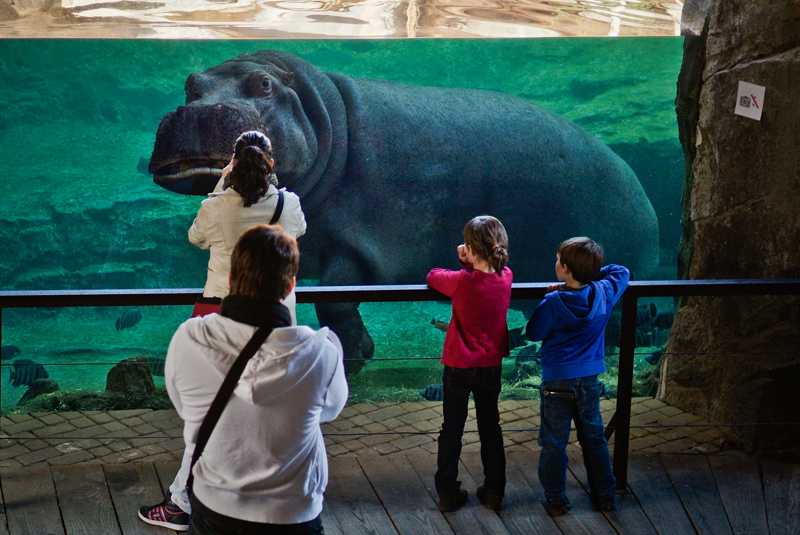
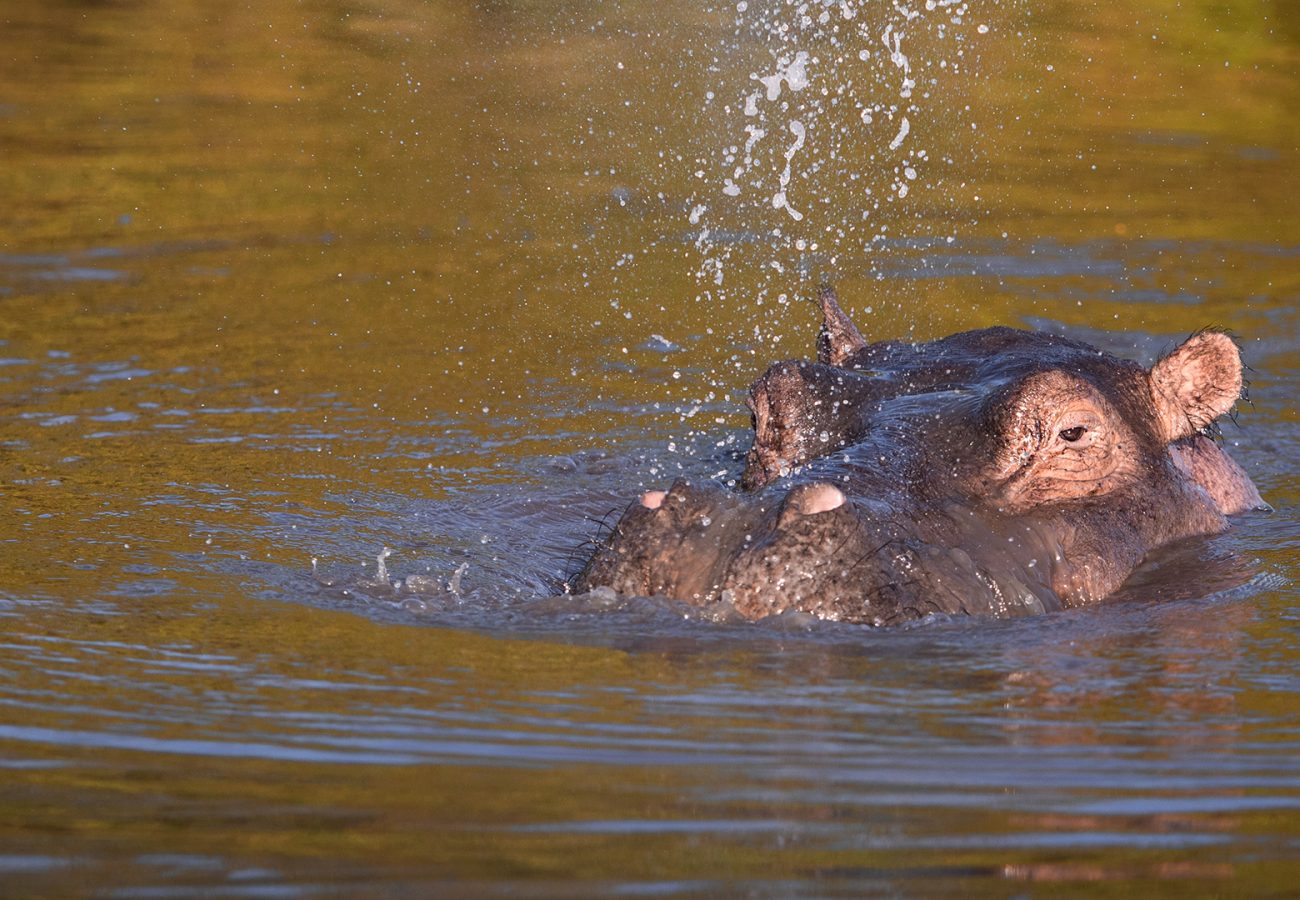
By becoming a Born Free supporter, your donation could help us oppose the ivory trade and continue to campaign for an end to the keeping of hippos in captivity.